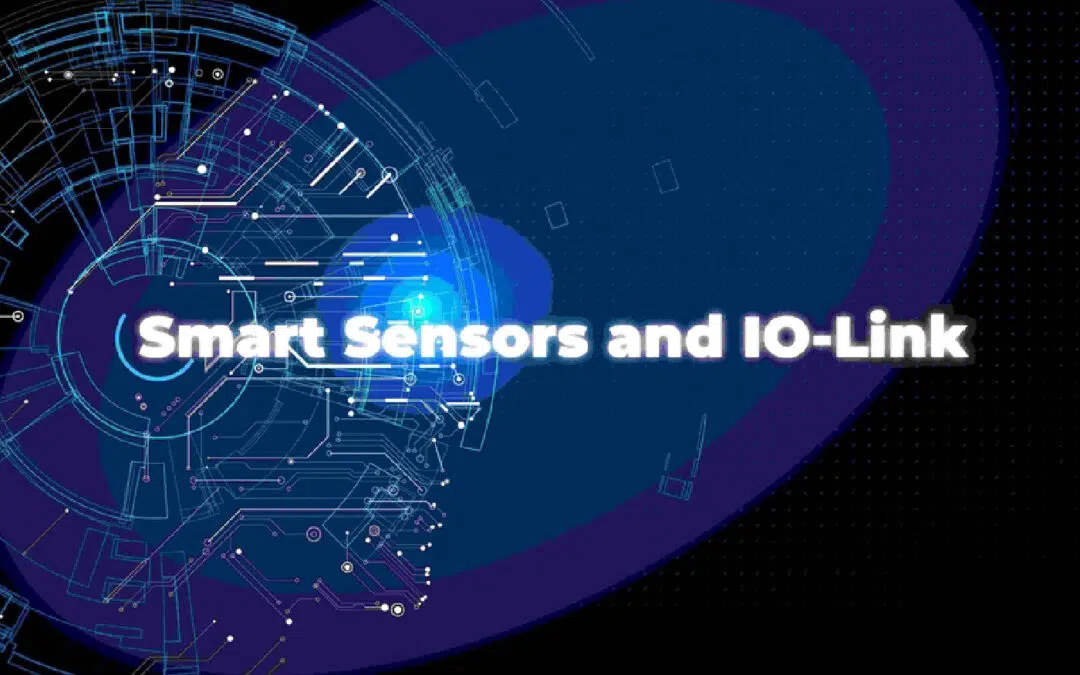How Smart Sensors are Driving the Industry
Sensors were traditionally employed to collect field data, which was then delivered to I/O modules and controllers to be processed and meaningful outputs were provided. Smart sensors can gather field data for a variety of critical activities, as well as process data, and make decisions using logic and machine learning algorithms, thanks to the integration of intelligence down to the component level.
Smart sensors are the driving force behind Industry 4.0. Almost every intelligent device in industrial automation relies on sensors. Sensors have been used to simplify and automate industrial processes in a variety of ways using their capacity to obtain important field device information. Some of the main operational factors taken by the sensors include diagnosing the health status of assets using signal noise to prevent breakdowns, generating alarms for functional safety, and so on. The list goes on and on, starting with condition-based monitoring and power management and ending with image sensing and environmental monitoring.
Now to make it more clear let’s check out the types of smart sensors that are primarily used in industrial units:
- Temperature Sensor: Product quality is a key element to consider in industrial operations and it is directly affected by room temperature. These intelligent sensors can detect the temperature of its environment and convert the signal into data to monitor, record, and/or raise alerts.
- Pressure Sensors: Pressure sensors have the ability to detect the changes in the pressure on any surface, gas, or liquid and convert the data into an electrical signal to measure and control it.
- Motion Sensors: Motion sensors are designed to trigger the signals that increase or decrease power supply in smart factories or industrial setups. When there is a physical presence of a human, a signal is detected to automatically switch on/off lights, fans, and any other in-house device. These can save a lot of energy in commercial buildings with wide spaces and a lot of people.
- Thermal Sensors: Thermal sensors enable smart buildings and workplaces to automatically modify room temperature to maintain a steady temperature in space regardless of changing environmental conditions.
- Smoke Sensors: These sensors ensure the security of homes and offices. When smoke is detected, for example, an immediate warning is triggered in fire burst circumstances, to increase safety and the possibility of escape from the accident scene.
- Other Sensors: Some of the other important sensors used in industries are MSME sensors, acceleration sensors, torque sensors, rotating sensors, etc.
What is IO-Link?
IO-Link is an open communication system and has been in use for quite some time. It integrates sensors and actuators and shifts to another level. It has been tried, tested, and operated in machinery process control over several years.
It has turned into one of the most eminent two-way interfaces accessible today, surpassing data to the machine-level control system via a standard three-wire cable which doesn’t require any extra time or cost to connect.
How IO-Link Connects Intelligent Sensors?
An IO-Link framework comprises of IO-Link gadgets, including sensors and actuators and an expert gadget. Since IO-Link is a highlight point engineering, just a single gadget can be associated with each port on the expert. Each port of an IO-Link expert can deal with parallel exchanging signs and simple qualities.
Every IO-Link gadget has an IO gadget portrayal (IODD) that determines the information structure, information substance, and essential usefulness—giving a uniform depiction and access for programming and regulators. The client can without much of a stretch read and cycle this data, and every gadget can be unambiguously recognized by means of the IODD just as through an inside gadget ID.
Importance of IO-Link in Industrial Automation Setup
In a few years, IO-Link has attracted many industries by providing advantages such as:
- Simplified Wiring: IO-Link can be easily connected by 3 core cables with cost-effectiveness. It eliminates unwanted wiring by reducing the variety of interfaces for sensors which saves inventory costs.
- Remote Monitoring: The data is transmitted over various networks, backplane buses by IO-Link master due to which the data can be easily accessible in immediate times and for long-term analysis. This provides more information regarding the devices and enables the remote monitoring feature of devices.
- Reduced Cost and Increased Efficiency: With the innovation of IO-Link the productivity has increased, the cost has been reduced, and the machine availability has increased. These changes have heavily worked towards reducing machine downtime.
To increase productivity by optimum measures, one needs to be aware of the machine parts running in factories to keep up the pace and get maximum output. Conventional sensors lack the ability to communicate parameter data to the controller. Smart Sensors show the continuous flow of processes to fit in the environment and system.
Conclusion
By combining Information Technology (IT) and Operations Technology (OT) into a single, unified architecture, the connected enterprise is transforming industrial automation. This unified architecture allows us to gather and analyze data, changing it into usable information, thanks to integrated control and the Internet of Things (IoT). Manufacturers can use integrated architecture to construct intelligent equipment that gives them access to such data and allows them to react quickly to changing market demands. Smart sensors and I/O, based on IO-Link technology, constitute the backbone of integrated control and information, allowing you to see field data in real time through your Integrated Architecture control system.

